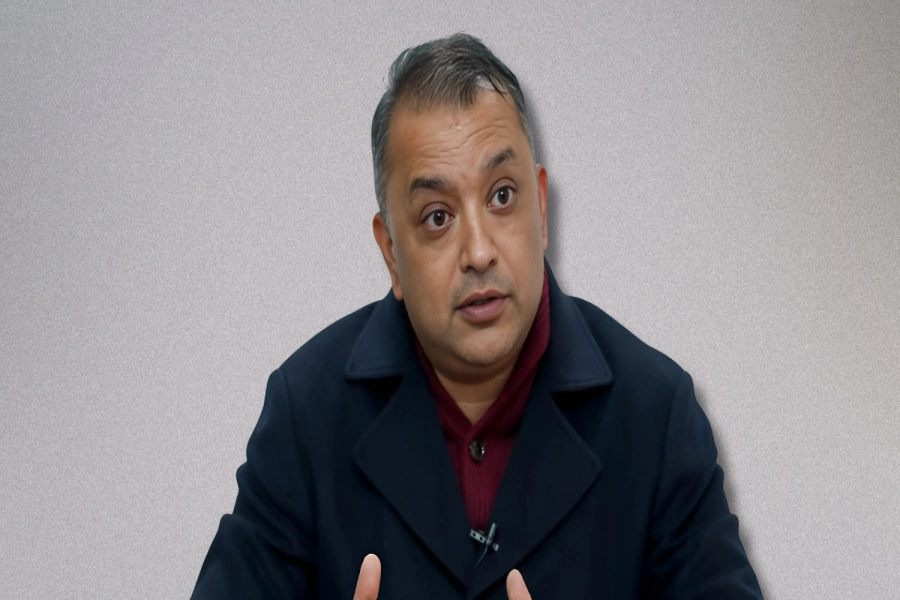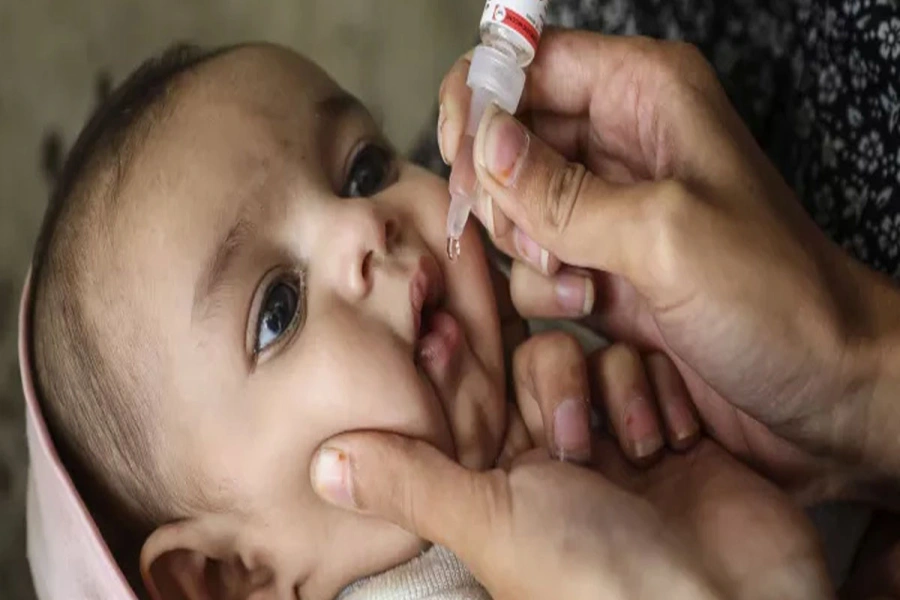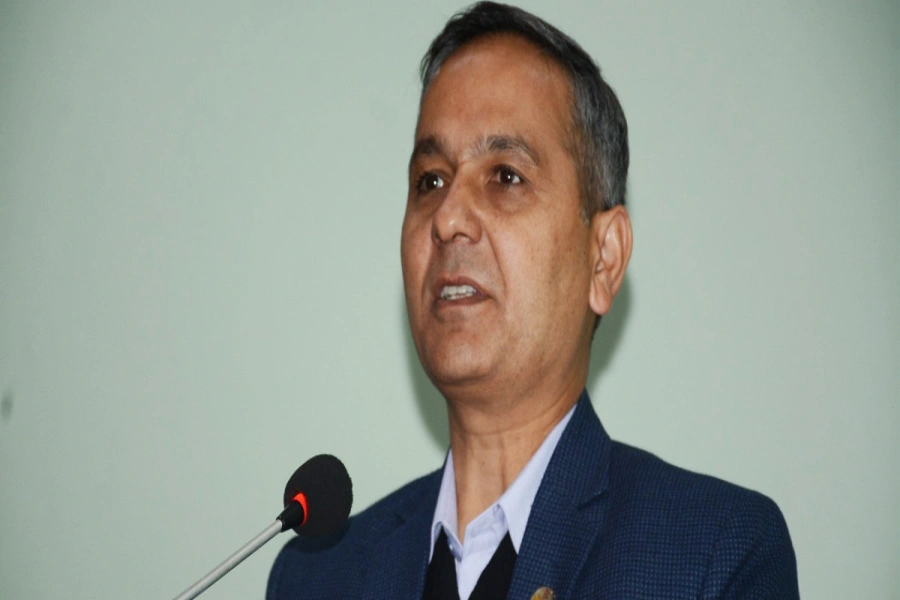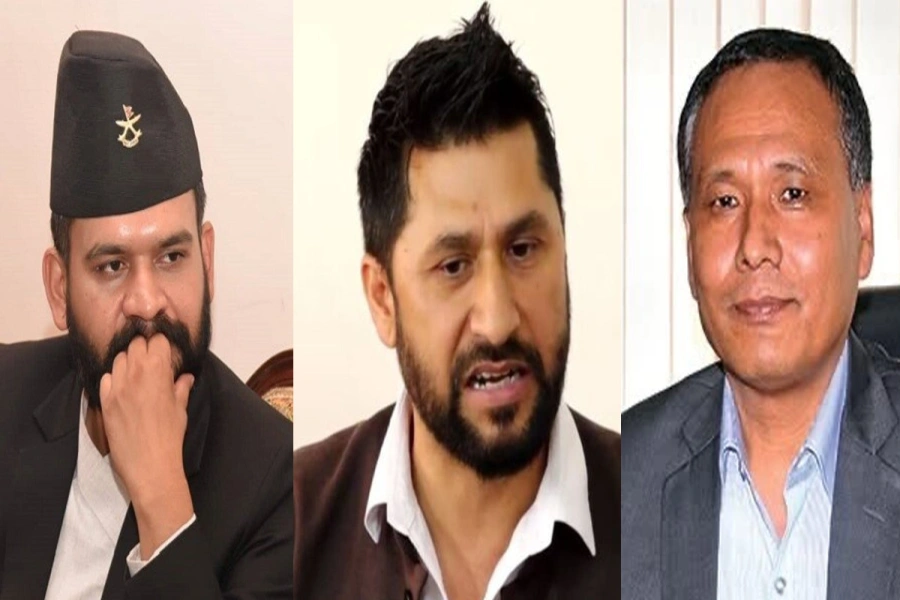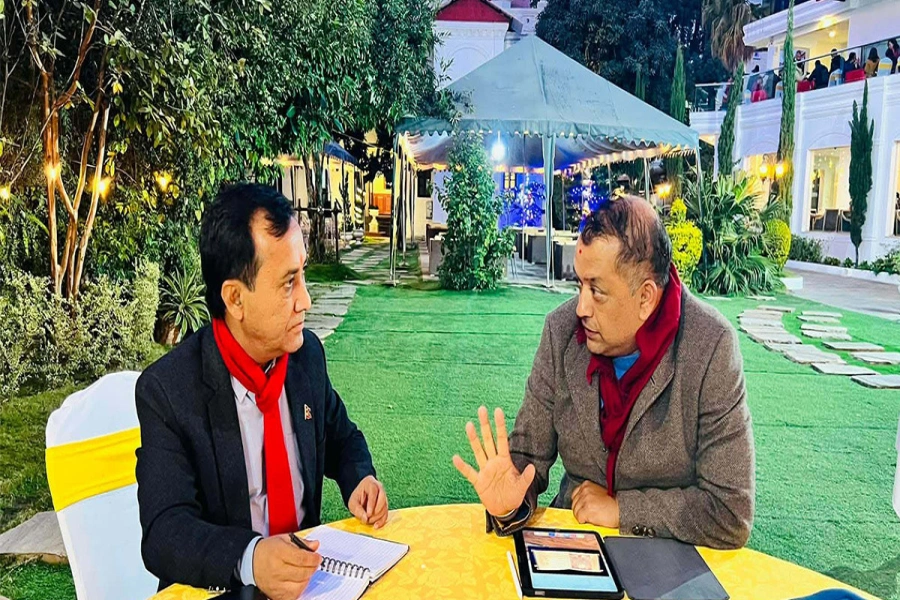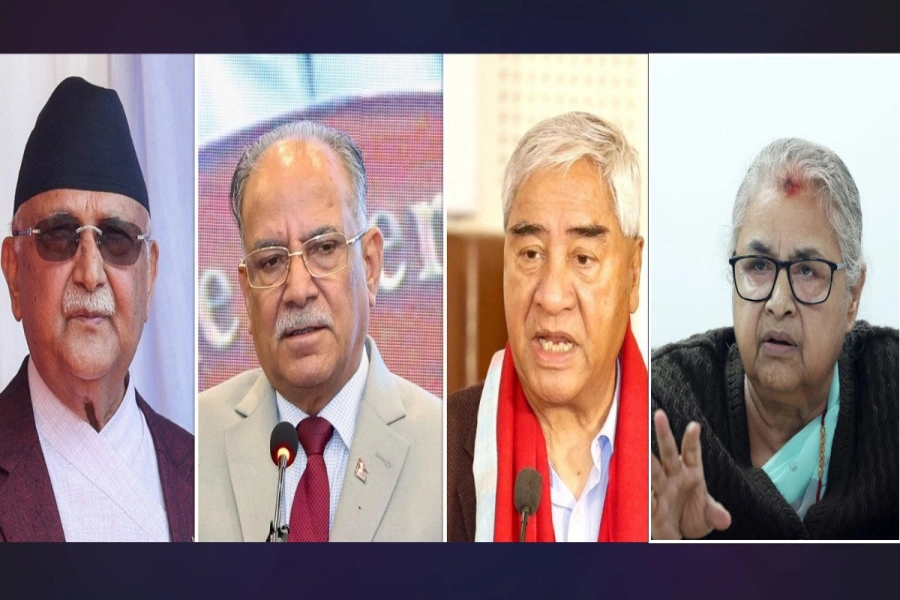Right after the earthquakes, engineers from the Ministry of Urban Development had conducted a rapid damage assessment of the destruction. Their report later became a major basis to get immediate relief to earthquake victims and a source document for the Post Disaster Needs Assessment (PDNA) that was presented at the international donor conference last June. But the new CEO seems to be hinting that the government needs to restart the process of assessing earthquake damages. Something was clearly amiss. Now it has come to light that the government has secretly devolved the task of recruiting over 3,000 engineers for a survey of earthquake damages to a non-governmental organization. This is a surprise because the new reconstruction authority is yet to formally communicate its needs for such manpower to the two key reconstruction implementing agencies: the Ministry of Urban Development and the Ministry of Federal Affairs and Local Development. Republica got a wind of the affair only when an NGO called the Health Research and Social Development Forum (HERD) published a notice on its website, seeking applications for 3,000 civil engineers to carry out damage assessment survey in the 14 most affected districts.
This raises some troubling questions. Why is the previous government work being set aside and everything being done from the scratch when time is of such essence? Every additional day that earthquake victims spend in their rickety tents is likely to result in more serious illnesses, even deaths. And why is a work that could be done by engineers with the urban development ministry being handed out to an obscure NGO, at significant cost to the national exchequer? The only way to make sense of it all is to assume that senior government officials have in some way benefitted from this outsourcing. It is sickening to witness such dirty dealings over such a pious task. Instead of working to bring quick relief to earthquake victims, the Oli government seems intent on dragging the process of reconstruction for the benefit of certain vested interests. This case is tailor-made for the CIAA. Will it for once act in public interest?
Fishy, fishy



